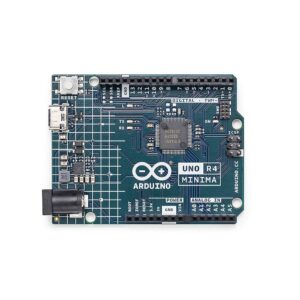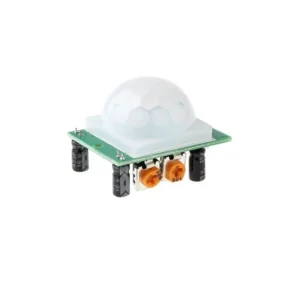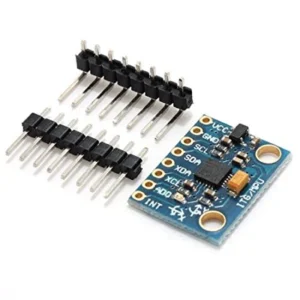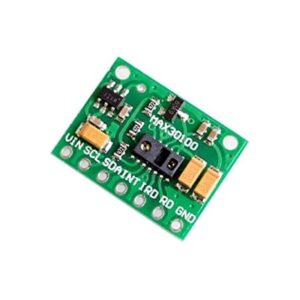PS2 Joystick Module
15 in stock
- Dimensions: 34 x 34 x 15 (LxWxH) mm.
- Weight: 10gm (without Hat).
- 2.54mm pin interface leads.
- Operating Voltage: 5V.
- Long service life and stable performance.
- Standard interface and electronic building blocks.
- Widely use in Arduino DIY projects.
₹50.00 ₹75.00
15 in stock
CompareA PS2 game joystick module is an input device commonly used in electronic projects and DIY applications to provide analog control over various systems. It resembles the traditional joystick found on gaming consoles and is designed to translate physical movement into electrical signals that can be processed by microcontrollers, computers, or other electronic devices.
The ps2 joystick module typically consists of the following components:
Joystick Mechanism The main component is the physical joystick mechanism, which allows users to move the stick in different directions. It usually has two axes of movement: the X-axis (left-right) and the Y-axis (up-down). Some joystick modules also come with additional buttons for extra functionality.
Variable Resistors (Potentiometers) Within the joystick’s base, there are two variable resistors (potentiometers) – one for each axis. These resistors change their resistance values based on the position of the joystick in the X and Y directions.
Analog Output The varying resistance of the potentiometers generates analog voltage signals proportional to the joystick’s position on each axis. For example, when the joystick is centered, the resistance and voltage output are at a midpoint. As the joystick is moved in any direction, the resistance and voltage output change accordingly.
InterfaceThe PS2 game joystick module often has pins or connectors that allow easy interfacing with microcontrollers or other electronic circuits. The outputs may be in the form of analog voltages, making them compatible with ADC (Analog-to-Digital Converter) inputs on microcontrollers.
Applications
- As square wave signal generator which generates a square wave signalTo provide a signal to the stepping motor driver
- Adjustable pulse generation for chip use
- Produce variable pulse signal, the control-related circuit (PWM dimming, speed)
Module Description
- XXX (no decimal point):the smallest unit is 1Hz,the range 1Hz-999Hz
- XX.X (decimal point in ten): The minimum unit is 0.1Khz; the range of 0.1KHz-99.9KHz
- X.X.X.(there is three decimal point): the smallest unit is 1Khz; the range 1KHz-150KHz
- ”100″ indicates that the PWM output pulse of 100Hz
- ”54.1″ indicates that the PWM output pulse of 54.1KHz
- ”1.2.4.” Indicates that the PWM pulse output 124KHz
- Duty Cycle in the range:0 to 100
- Three frequencies duty cycle is the same, all the parameters non-volatile
- 2.54mm pin interface leads
- Long service life and stable performance
- Standard interface and electronic building blocks
- Widely use in Arduino DIY projects
- Cross rocker as a two-way 10K resistor, with the rocker in a different direction.
requency is divided into three ranges:
Frequency Display Example
Features
Package Includes
- 1 x joystick module









There are no reviews yet.